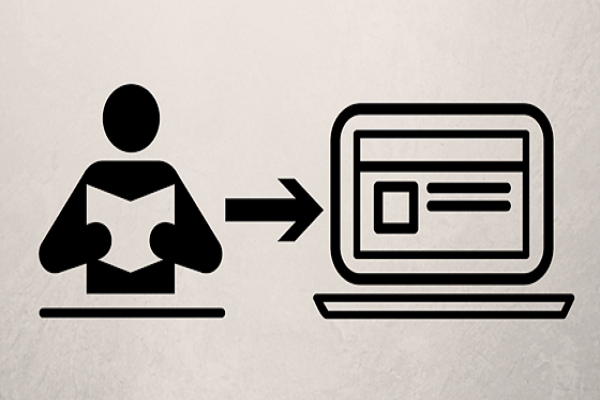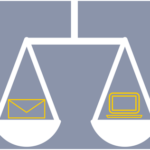July 20, 2015: Direct mail — when used correctly — can be a very powerful tool for marketers. By focusing on a particular market segment, using a specific call-to-action, response is maximized in this segment. Traditionally, the call-to-action has been a phone call, but in recent times has broadened to include driving recipients to the marketer’s website.
Customizing a direct mail piece to drive recipients to a website involves many of the same tactics used to drive recipients to pick up the phone. The only noticeable difference is that, rather than displaying a number to call, the mail piece includes a URL, along with some kind of an incentive to get the recipient to visit. This incentive that must be carefully crafted in order to maximize response.
Here are several pointers useful when crafting direct mail pieces designed to drive traffic to websites::
- Make the URL simple: A URL within an email takes the form of a clickable hypertext link, making it very easy for users to navigate to your landing page with a single click. But with direct mail, this isn’t possible. The URL can only be printed and the individual has to manually enter it into a browser. The key here is to make this URL as short and easy to spell as possible. The longer the string, the greater chance the user will have of mistyping it, yielding an error. For instance, Amazon.com is a perfect example of a URL that is short, easy to read and doesn’t contain many letters.
- Give them a compelling reason to visit the site: A URL by itself is a great way of asking someone to visit your website, but how effective can it be if the individual is given no reason to perform this action? Try placing a strong offer in your mail piece to give them that reason. This offer can be a free trial, seminar, or even a savings coupon. Remember, this offer must be for something — a good or service — that the consumer ultimately desires. If it isn’t, the chance of them following your URL decreases substantially.
- Include a clear call to action: It’s always a good idea to make sure that your mailing piece has a clear, concise call to action. For example, if your URL is linking to a savings coupon, it might be wise to say something along the lines of: “visit (URL) and complete the questionnaire to receive your 10% off coupon.” The more specific you are when it comes to telling people what they should do, the greater your response rate will be.
- Design a landing page optimized for your mail campaign: Rather than directing prospects to the homepage of your website, it’s best to build a page that coincides with what you are offering and drive your recipients to this page. Homepages are often very crowded and may result in the visitor getting confused as to where to look or click. They also make it very difficult to keep track of responses and maintain control of whatever message you are trying to present. Consider using subdomains to provide specific pages for your mailing (for example, if your main site is yoursite.com, a subdomain for your mail campaign might be specialmailoffer.yoursite.com).
- Implement a deadline: Customers are far more likely to follow through on a request if they only have a certain amount of time to do so before it expires. Try including a deadline next to or near your URL. Applying pressure helps to drive results!
Using direct mail as an adjunct to your digital marketing efforts can yield powerful synergies. Every aspect of direct mail is tailored to fulfill the needs and wants of a particular audience, and that is why statistics consistently demonstrate its superiority in terms of driving responses.
Few successful marketers rely solely on one marketing channel, be it e-mail, social media, paid search, SEO, or direct mail. The best ones use a mix of these methods to efficiently reach prospects. Even those marketers who use a “digital first” strategy have learned that the strategic use of direct mail can materially improve marketing effectiveness.












![By Photograph: Frank C. Müller, Baden-Baden (Own work) [CC BY-SA 2.5 (http://creativecommons.org/licenses/by-sa/2.5)], via Wikimedia Commons](https://www.diditdm.com/wp-content/uploads/2015/08/opening-an-envelope-150x150.jpg)
![By User:Introvert (Own work) [CC BY-SA 2.5 (http://creativecommons.org/licenses/by-sa/2.5)], via Wikimedia Commons](https://www.diditdm.com/wp-content/uploads/2015/10/1024px-Sparkling-snow.sierra-150x150.jpg)